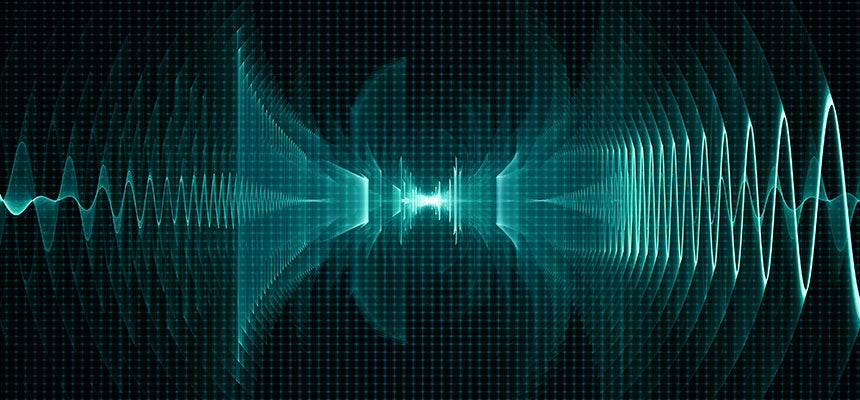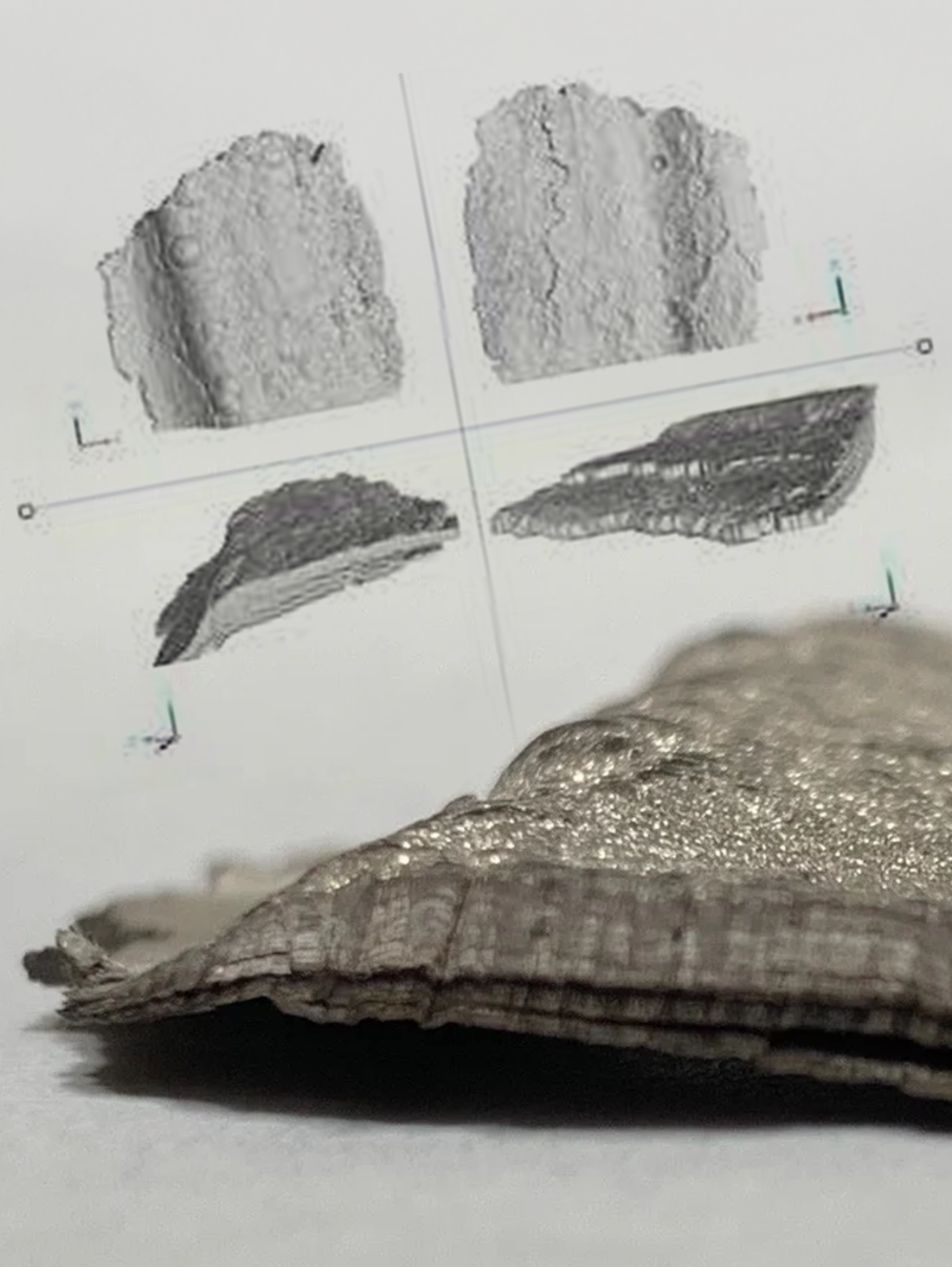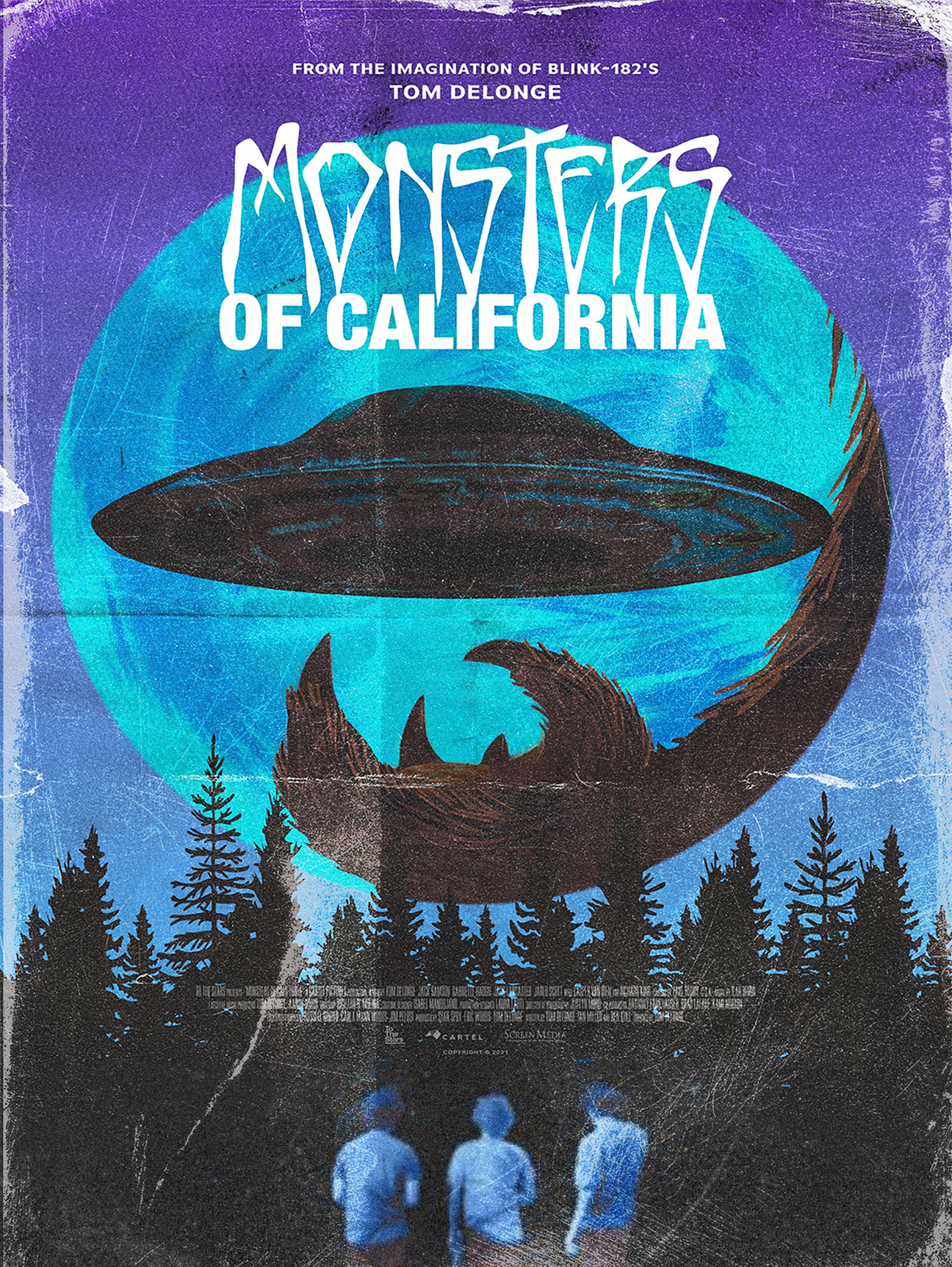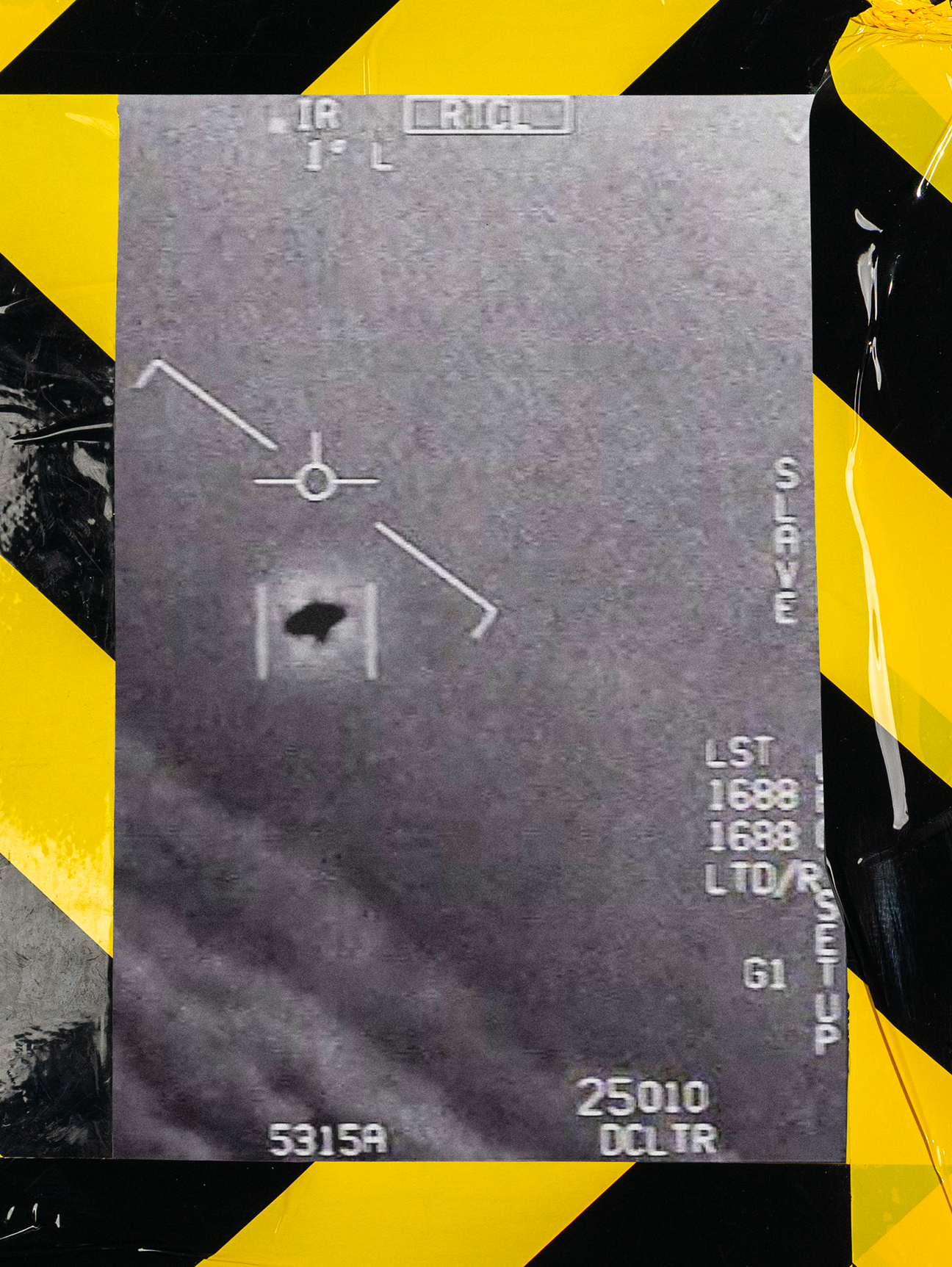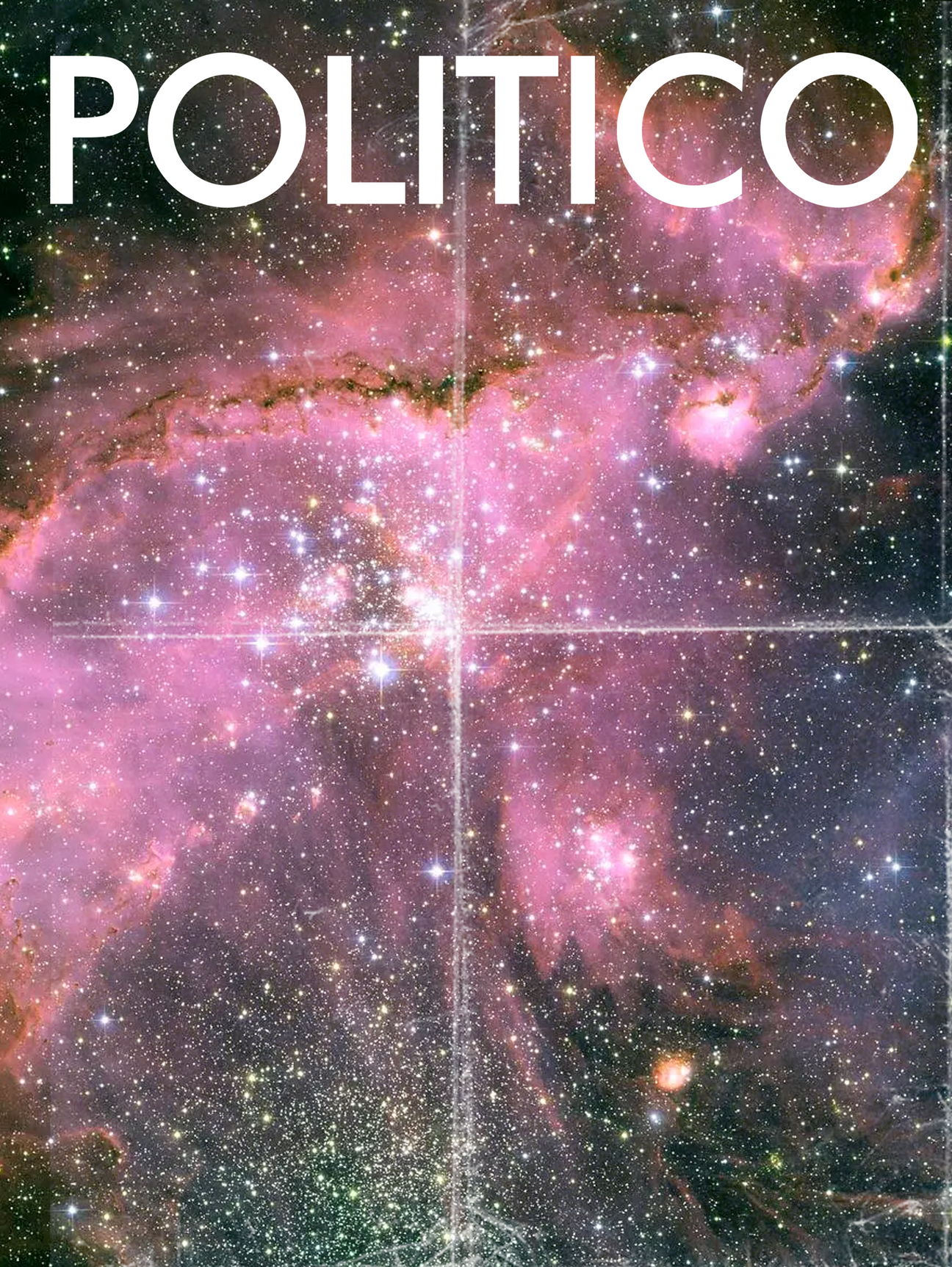
Over the last three months, To The Stars Academy has collected seven pieces of material, from multiple sources, to study for The ADAM Research Project. Each sample represents different elements of potential Unidentified Aerial Phenomena and how they operate.
According to the accompanying provenance documentation, there are two classes of samples: material that was released as the UAP was hovering and material that makes up parts of the structure or systems. Because none of this documentation can be independently verified, TTS Academy’s ADAM testing approach is structured to look for other indicators of unique origin such as:
- Unusual chemical combinations or alloys
- Isotope ratios that indicate the material was created outside of our solar system
- Unusual structural composition
One artifact on loan to TTSA for analysis is a Magnesium-Zinc-Bismuth (MgZn/Bi) sample, which has been the source of discussion and speculation for years. The supplied documentation states that it is from a UAP crash recovery. While this source cannot be verified, this is a particularly interesting sample for several reasons:
- The material is clearly engineered with distinct layers of MgZn and Bi at structured thicknesses only microns thick
- There is no precedent for this structured combination of materials
- It is unclear what fabrication processes allow this combination of materials to form an integrated structural component
- Theoretical analysis shows that the material acts as a waveguide for terahertz (THz) frequencies
- Those wavelengths normally would not propagate through this geometry
- One side of the sample appears to be tooled, having a defined contour
- There has been an extensive amount of testing on the material, the true purpose or function of the material remains unknown
The TTSA team has already started testing several material samples and will be reporting results as we complete the analyses.
